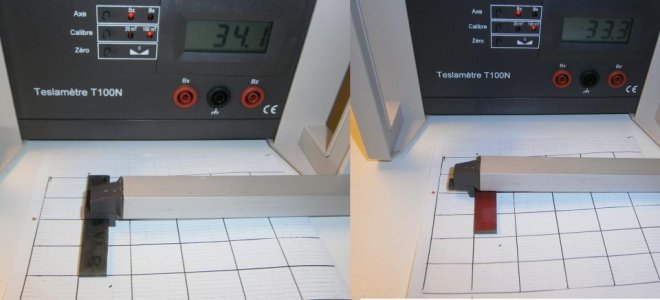ehdwuld
A Ficus
So i have some alnico mags sitting around
I got a compass on my phone to check polarity
But i have no idea if some are a2 or a5 or what
I know the ceramics are that
I used my old phone as a gauss meter some years ago and jacked up a phone
so anyone got a recommendation for an inexpensive gauss meter?
Or some other way to check a2 vs a5 magnets?
also
I think the a5 would be stronger than the a2 , correct?
I mean noticeably stronger
I got a compass on my phone to check polarity
But i have no idea if some are a2 or a5 or what
I know the ceramics are that
I used my old phone as a gauss meter some years ago and jacked up a phone
so anyone got a recommendation for an inexpensive gauss meter?
Or some other way to check a2 vs a5 magnets?
also
I think the a5 would be stronger than the a2 , correct?
I mean noticeably stronger

